ARTS Drawing 1: my greatest strength is listening and following instructions, and, 2. for greater success in this course, I need to continue to dedicate myself to practice, practice, practice.
VISU Fall 2016: 1..My greatest strength in class is my tenacity. I am learning new things to do and new ways to think about art and its disciplines. 2. To pass this course, I must get working on my blogs.
CULF: 1. My strength in this class is my ability to absorb new information like a sponge. I lap it up; my professor is amazing (Dr. Rosas). 2. To succeed in this class, I must set aside the time for reading and researching. I love the class, so it’s not hard to commit.
VISU 1100: 1. Best strength is attendance and listening. 2. Patience.
ARTS Art History 1: Best strength is listening and reading assignments. 2. Listen is always a good thing to do.
Computer skills: I am proficient in using Mac and Microsoft products, I type 54 WPM, I am able to multi-task with different apps opened at the same time. My weakness could be spreadsheets.
My greatest skills in research are hunting down useful and pertinent information using the tools the Munday Librarian taught me. Having an interest in the topic definitely helps.
I need to work on scheduling my time to work on research, to actually do it. It’s not that difficult if I set aside an hour and tell myself this is what I need to accomplish today.
I learn best when there is no pressure, but I also learn from my mistakes, too.
Action Plan for VISU Fall 2016
- Attendance (not a problem)
- Listen
- Participate
- Follow directions
- Ask questions for clarification
- Set goals for projects
- Get out of the comfort zone and do something different than the ‘norm’
- Schedule time to do projects outside of class
- Use the facilities that are available for students
- Have fun!
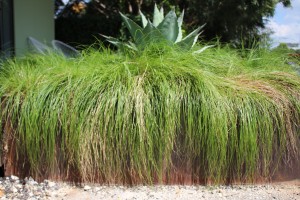
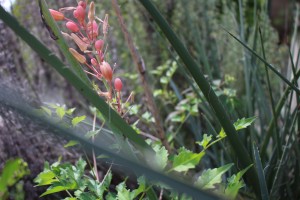
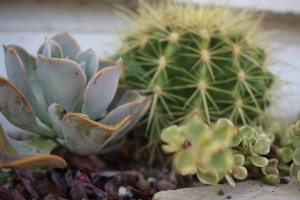
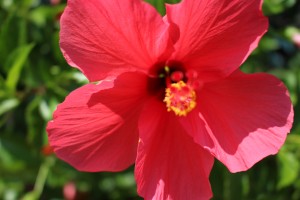
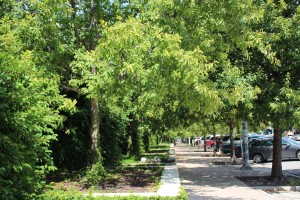
Recent Comments